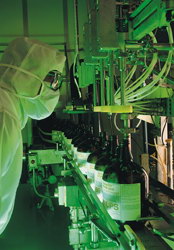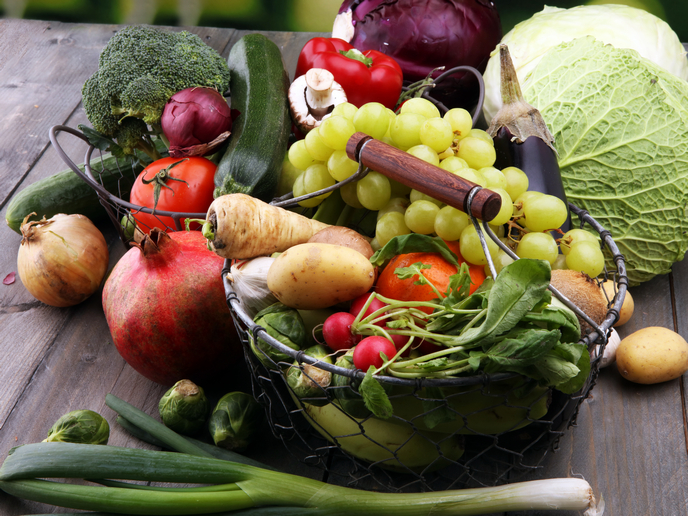Design toolbox for tailor-made formulations
The ever-growing need to bring new products quickly from lab to market requires rational design tools based on scientific principles and data. Small and medium-sized enterprises (SMEs) in the chemical industry face competition from larger companies even when customised solutions are sought, an area traditionally handled by smaller businesses. European researchers decided to create a toolbox for easy development of liquid chemical products with funding of the ‘Tailormade high performing liquids - enabling competitive and sustainable growth’ (Tailorliquid) project. The focus was on minimising manufacturing cost by optimal choice of ingredients, using environmentally acceptable and renewable components in formulations, and facilitating a rapid time-to-market enabling custom-made solutions. Scientists employed high-throughput screening (HTS), a process relying on automation to quickly assay chemical formulations for potentially millions of variables of interest. Use of HTS was combined with the surfactant affinity difference (SAD) approach. Surfactants, or surface-active substances, are molecules containing both polar (relatively charged) and non-polar groups. This characteristic results in a double affinity, meaning they ‘bind’ only at a polar-non–polar interface, for example by enclosing a non-polar fat molecule in water – non-polar toward the fat, polar toward the water. Hence, they are widely used in cleaners and detergents to break up and disperse oil and grease. Scientists used HTS with the SAD concept to develop the formulation design toolbox and to evaluate chemicals for use in liquid cleaners and food products. Aside from developing methods and formulating protocols, scientists used the techniques created to develop two novel liquid cleaners. Design tools such as that pursued by the Tailorliquid consortium will be essential not only for SMEs but for industry as a whole. Rational product design based on extensive databases and automation will help bring products from discovery to market much more quickly with benefits for manufacturers and consumers alike.







